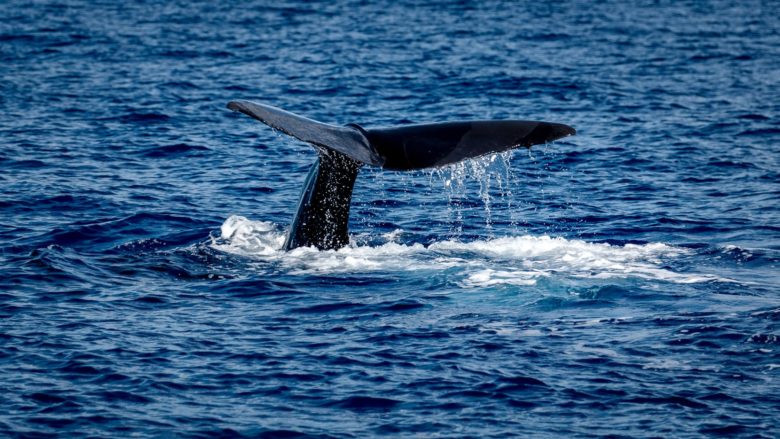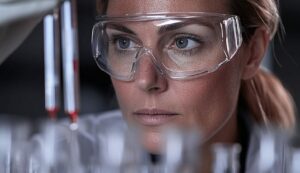AI technology to help sperm whale protection efforts

Even if some people would like to take this crown, sperm whales are actually the creatures that have the largest brains on our planet. They are also the world’s biggest predators, diving to a depth of up to 3,000 m. On top, they are also a key element of the ocean ecosystem.
However, similar to other whale species, the population of sperm whales is facing extinction. Marine biologist Lisa Steiner estimates that there are currently only 350-450,000 animals of this species in the world. Steiner is part of a project aiming to protect these giants of the seas. The Amazon Web Service (AWS) and Capgemini have developed an AI solution in a bid to better understand and observe the migration paths of the whales. They hope that the project will help avoid accidents between the animals and ships.
Food source and CO2 storage
Although sperm whales are predators, they are at the bottom of almost all food chains in the ocean, Steiner explains. On one hand, they hunt in the depths and then go to the water services. “Thus, they produce nutrients such as ammonia or nitrogen for plankton and other small organisms,” says the marine biologist. Plankton in turn converts carbon dioxide from the atmosphere into oxygen. On the other hand, the huge bodies of dead animals on the sea bottom are a concentrated source of food for organisms in this part of the ocean, and sperm whales store big amounts of CO2 in their muscle and fat cells. As a result, not only do they have a key role in the ocean ecosystem, but also are an important element in efforts to avert climate change. e.
Tail fin as unique as fingerprints
Lisa Steiner’s fascination with sperm whales began back in 1989. At that time, she was involved in a research project of the International Fund for Animal Welfare in the Azores. They categorized individual sperm whales using photos to assess the development of the animals. “Before I came to the Azores to work on the research project of the International Fund for Animal Welfare, I didn’t really know anything about sperm whales. But after making several matches of fins, I became addicted to sperm whales! ” said Stainer.
The main indicator for the individual whales are their tail fins, called flukes, which are always unique. Nevertheless, the sometimes very subtle differences are barely noticeable for humans. But this is not so for the AI solution that has now been developed. According to Julien Simon, AI specialist at Amazon Web Services, the technology using trained with thousands of tail fin images and is now able to match the fins to the individual sperm whales with an accuracy of 97.5%. In the meantime, more than 8,000 images are already stored in the database. However, according to Steiner and Simon’s ideas, it should not stay that way. As part of an open research project, private individuals can take pictures of sperm whales and the fluke on the specially designed Share the Fluketracker website . These then end up in the project database where each photo is assigned to an individual whale using AI. Thus, the migration routes and developments of the sperm whales around the world should be better determined.
Establish protected areas for whales based on new data
This knowledge is not only of interest to marine biologists, but should also serve to reduce the number of accidents involving sperm whales in the future. “Sperm whales are no longer hunted, but they can come under pressure from oil and gas exploration and shipping. Knowing where these animals are may restrict activities that make noises that interfere with eating or communicating with other members of their group. Another threat on the horizon for sperm whales is deep-sea mining. So, if it can be demonstrated that certain areas are important for sperm whales, then perhaps some restrictions can be put in place to protect these areas,” says Lisa Steiner.





























